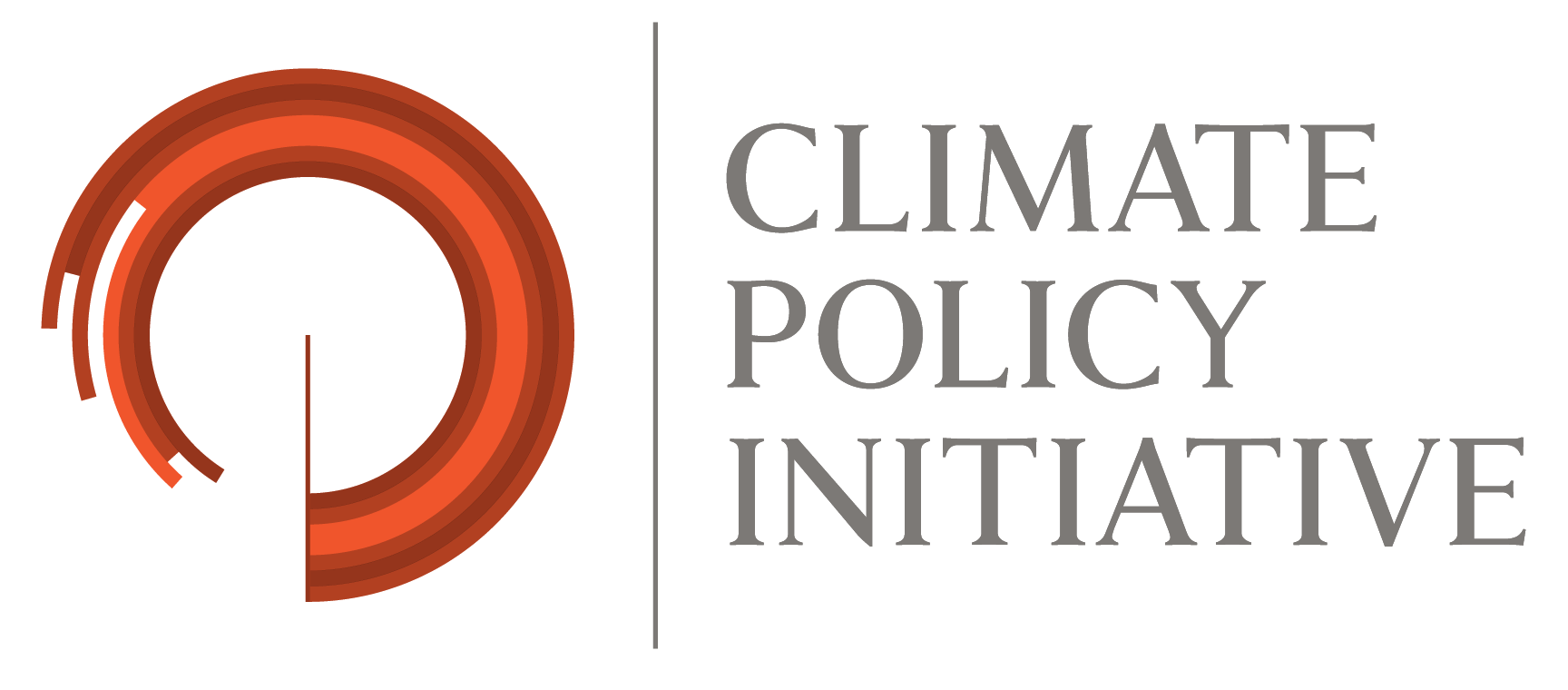Energy and AFOLU sectors concentrate most of the resources.
As COP 30 approaches, climate finance is once again at the center of discussions. Following the commitment announced at COP 29 to mobilize US$ 300 billion by 2035 and the estimates pointing to the need to mobilize US$ 1.3 trillion, expectations are increasing for countries to implement concrete actions to boost financing for the fight against climate change.
To contribute to the debate, Climate Policy Initiative/PUC-RIO presents an unprecedented overview of climate finance in Brazil from 2019 to 2023, including domestic and international sources. The study shows that climate finance flows have more than doubled since 2019, reaching US$ 67.8 billion in 2023.
“In Brazil, mobilizing climate finance is crucial to achieve the country’s climate and development goals, to promote greater adaptation to climate change, and to reduce socioeconomic vulnerabilities,” says Joana Chiavari, research director of CPI/PUC-RIO.
The growth of climate finance in Brazil was especially driven by the energy and agriculture, forestry, and other land use (AFOLU) sectors between 2020/21 and 2022/23. The increase in financing for energy systems reflected the strong expansion of solar energy, rising from US$ 9.5 billion in the 2020/21 biennium to US$ 22.4 billion in the 2022/23 biennium.
In the case of AFOLU, climate finance nearly doubled, rising from $14.9 billion in 2020/21 to $28 billion in 2022/23. The growth was motivated by large investments in sustainable crops, agroforestry, and livestock. Climate-aligned rural credit and equity were the main financial instruments (71%), reflecting the prevalence of AFOLU and energy.
The forest sector received only 1% of total climate finance, and investment fell approximately sixfold, from $1.5 billion in 2019 to $254 million in 2023.
“The low investment in the forest sector reveals how its role in the climate agenda is still an underutilized opportunity. To advance the fight against climate change, forests need to be understood as central assets,” says Juliano Assunção, executive director of CPI/PUC-Rio.
Where does the money come from?
Between 2019 and 2023, domestic sources—both public and private—accounted for 90% of the total climate finance tracked in Brazil.
According to Chiavari, “the ratio between domestic and international resources follows the pattern observed in other BRICS countries, such as India and South Africa.”
Private sources were responsible for more than two-thirds of the total tracked in 2022/23, totaling US$45.1 billion. Among them, commercial financial institutions (US$23.5 billion), households/individuals (US$11.3 billion), and companies (US$10.2 billion) stand out.
On the public financing side, the federal government and BNDES were the main sources, providing nearly three-quarters of the public climate finance in 2022/23. During this biennium, BNDES was the leading source, disbursing US$ 7.2 billion, predominantly for low-cost debt lending and climate-aligned rural credit. The federal government provided an average of US$ 6.6 billion during the same period, split between public budget climate expenditures and climate-aligned rural credit.
From 2019 to 2023, the federal government more than doubled climate spending, reaching US$ 7.0 billion in 2023. The growth was driven by both dedicated public budget climate expenditures as well as climate-aligned rural credit.
“The current ratio between domestic and international financing shows the progress of Brazil’s national climate agenda, while also exposes the lack of international structures to address the climate crisis at the necessary scale. A world that truly cares about climate must invest in Brazil. In the absence of international action, much of the climate response has taken place at the national level,” explains Assunção.
Climate objectives
Mitigation finance accounted for 79% of total climate finance, reflecting the dominance of investments in energy systems and sustainable agriculture. Tracked adaptation finance was much lower, reaching only 7%.
Financing for dual objectives accounted for 11%, with the majority directed to AFOLU and water and sanitation projects. Most of BNDES’s investments generated dual climate benefits, highlighting synergies in the water and sanitation sector between mitigation (methane emissions) and adaptation (access to drinking water and sanitation).
Finance for addressing loss and damage, although representing 3% of the total financing, increased exponentially during the period analyzed.
“Given the growing climate risks faced by Brazil and the increasingly frequent occurrence of extreme weather events, we observed limited investment in climate adaptation. When it comes to loss and damage, we are seeing the cost of inaction. Funding rose from US$ 0.2 billion in 2019 to US$ 2.2 billion in 2023. In 2024, due to the catastrophe in Rio Grande do Sul, it reached US$ 8.1 billion,” highlights Assunção.
This pioneering mapping of climate finance in Brazil provides a baseline for tracking investments aligned with climate goals over the coming years. The study follows CPI’s global methodology, which has been tracking climate finance around the world for over a decade. The full report will be released after COP 30.
“Tracking climate finance is essential to monitor investment trends, mobilize resources to priority areas, and improve the allocation and effectiveness of existing resources,” concludes Chiavari.
🔗To learn more, read Landscape of Climate Finance in Brazil
About Climate Policy Initiative
Climate Policy Initiative (CPI) is an organization with international expertise in finance and policy analysis. CPI has seven offices around the world. In Brazil, CPI has a partnership with the Pontifical Catholic University of Rio de Janeiro (PUC-RIO). CPI/PUC-RIO works to improve the effectiveness of public policies and sustainable finance in Brazil through evidence-based analysis and strategic partnerships with members of the government, civil society, the private sector and financial institutions.
For more information, please contact
Camila Calado Lima
camila.lima@cpiglobal.org
+55 86 99966-0560

